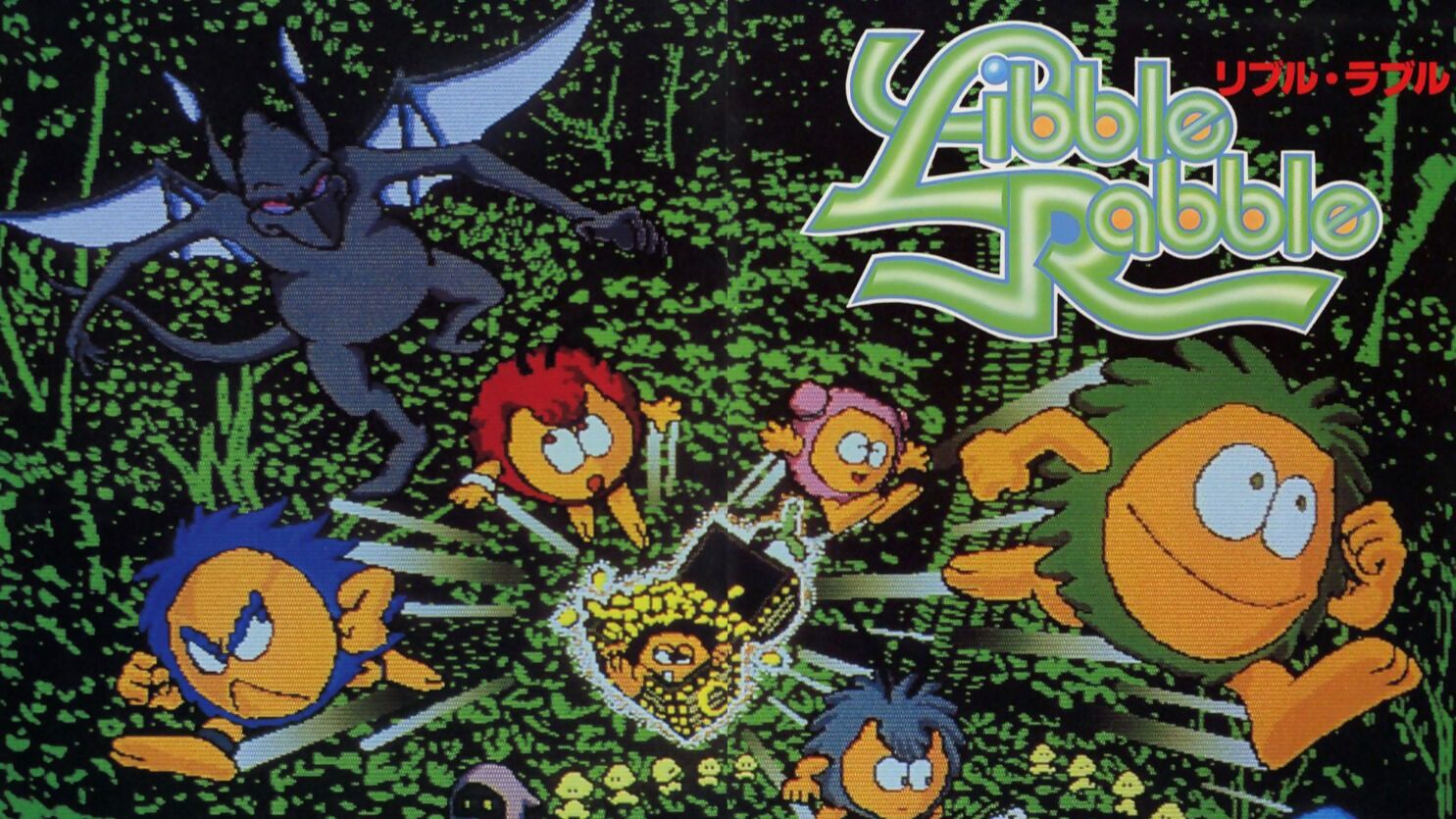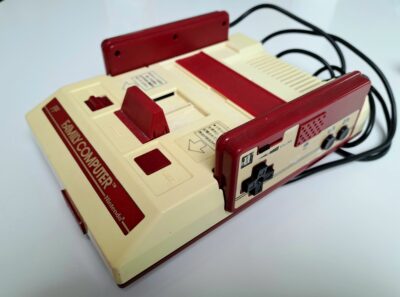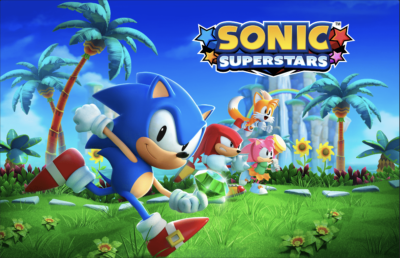
Astral Chain’s opening hours throw so much at the screen that it almost feels a bit overwhelming at first. It’s a third-person brawler. No wait, it’s also a kind of detective game. It’s a monster-hunting-and-catching RPG, like Pokémon but with the stylings of The Guyver. There are also puzzles, elements of sci-fi, fantasy, and general anime strangeness, including a police officer who provides advice while dressed as a big canine mascot named Lappy.
Like Nier: Automata before it, Astral Chain has the feel of a game where its creators at PlatinumGames have allowed their imaginations to run riot. But while director Takahisa Taura’s game feels like a bewildering melange at first, it soon snaps into focus thanks to the coherence of its world – where the notion of cops fighting crime with the help of a supernatural being on a leash actually feels plausible – and some rock-solid design principles.
Astral Chain’s action essentially boils down to a kind of co-operative mode, except with the player controlling both central characters; as a skilled member of a special police task force named Neuron, you can freely move and attack, and by pressing and holding the left trigger, you can move your monster – or Legion – around the battlefield to fight enemies.

Libble Rabble’s difficulty curve isn’t helped by the sheer number of enemies and rules it throws at the screen from the beginning.
If your Legion’s close to an enemy, it’ll start fighting it, but by manipulating the astral chain that connects it, you can perform special attacks and even use the chain itself to wrap up and ensnare enemies. This latter technique soon becomes a useful tactic, since it prevents foes from fighting back as you and your monster partner finish it off with a killer blow, or switch your focus to another enemy.
This chain attack also has an interesting origin: in a June interview with Polygon, director Takahisa Taura revealed, in an almost casual aside, that the mechanic was directly inspired by a little-known Namco game from the early eighties. “Now that we’ve got a chain between these two characters, we decided to use that within the gameplay,” Taura explained. “Whether that’s using that chain to wrap up enemy characters, or pulling it tight to trip them, at the time of development we kept putting out ideas like that to better-use the chain. I don’t know if you know about this, but this is an old arcade game that we were influenced by called Libble Rabble.”
Released in 1983, Libble Rabble was an arcade action game created by design genius Toru Iwatani – the creator of Pac-Man, as well as another of Namco’s golden-age money-spinners, Pole Position. Like Pac-Man before it, Libble Rabble was a bright and cheerful romp that emphasised timing and precision. It placed the player in control of two characters at once – the arrow-shaped Libble and Rabble of the title – which could be moved independently with their own separate joystick. The aim was to draw polygonal shapes around enemies to trap them; this was achieved by stretching what felt like an elastic vector line around fixed points on the play area. Think of pulling a rubber band around a handful of nails hammered into a piece of wood, and you’ll get the idea.

Stretching your elastic around posts to capture enemies sounds simple – at least until your player characters cross over and you get all muddled up.
Surrounded
In designing Libble Rabble, Iwatani once said he based the game around a one-word concept – “Surround” – and at first glance, his idea simply looks like a more whimsical mid-point between his own Pac-Man and Taito’s much earlier coin-op, Qix, which also involved drawing shapes to score points. The twin-joystick controls, however, make Libble Rabble a completely different kind of experience: unlike Pac-Man and Qix, Libble Rabble needs considerable practice to get to grips with, since you’re effectively having to coordinate the movements of two objects at once, while at the same time manoeuvring the connective elastic to ensnare and destroy enemies.
There are other rules and ideas to wrap your head around too, including hidden treasure chests, an ever-decreasing energy bar, big-mouthed enemies capable of munching through your elastic, and goblin-like critters that show up if you take too long to complete a stage. On occasions, a chiptune rendition of Felix Mendelssohn’s Wedding March would start to play. Libble Rabble is such an eccentric game that it’s hard to imagine Iwatani would’ve been given the chance to make it without the success of Pac-Man behind him; certainly, its complicated controls counted against it in the competitive world of eighties arcades.

Astral Chain’s action can get pretty frenetic, but its dual-character mechanics somehow feel much more intuitive than Libble Rabble’s.
“It was an interesting game, but unpopular because it was so hard to play,” Iwatani admitted in a 2010 interview with Wired. “You used joysticks on the left- and right-hand sides to control two arrows on the screen, but when they crossed over each other, the right hand was controlling what was going on on the left side of the screen, like a mirror.”
Elsewhere, Iwatani expressed his pride in Libble Rabble, and even suggested that it was better than Pac-Man (“Not to toot my own horn,” he said in the mid-eighties, “but Libble Rabble’s the best”). Inevitably, the gaming public didn’t agree, and a few home system ports aside, Libble Rabble ranks as one of Namco’s more obscure outings from its early-eighties boom years. That Takahisa Taura wound up using the game’s defining mechanic in Astral Chain – albeit in a way that’s much more user-friendly to deploy – is belated proof that Iwatani really was onto something with Libble Rabble. It may not have been a smash hit in 1983, but its ‘surround the enemy’ concept was just sitting there, waiting for a designer like Taura to pick up the baton and run with it.

Libble Rabble’s arcade flyer attempts to explain its array of rules. ‘Bashishi’ is the game’s name for the stretchy elastic.
Rabble Rousing
Despite its relative failure in arcades, Libble Rabble was still ported to a couple of home systems from the nineties onwards, including the Sharp X68000 and the Japanese Super Nintendo. The former included a special gamepad with twin direction controllers, while the latter came with a circular piece of plastic that turned the SNES controller’s action buttons into a second joypad. Sadly, these ports were never released outside Japan, meaning a vanishingly small number of western gamers ever got to sample Libble Rabble’s dual-control delights.





